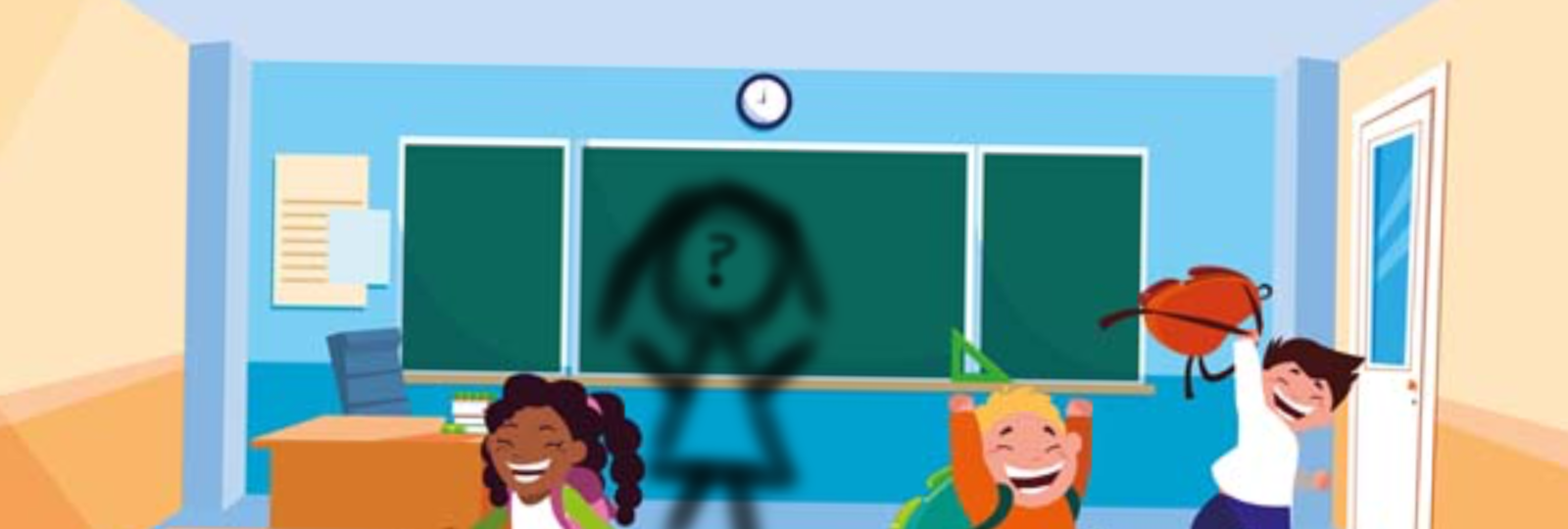Sub Shortages
Share this story

According to data and personal accounts of teachers and higher-ups, a substitute and teacher “shortage” is underway as the supply of people wanting to teach slows and the demand for substitutes and teachers grows.
“There is a shortage metro-wide, and it’s an issue,” Current Waukee Board of Education President Wendy Marsh stated.
Roxy Livermore, Executive Director of Human Resources, said, “I’ve been in this district for ten years now, and there has probably never been enough subs to cover our absences. So is that considered a shortage after so long?”
This lack of substitutes has gone on for so long that it is hardly a shortage, but a drought. Substitute teachers or “subs” are essential to schools so that they can properly ensure teachers’ days off and the ability to call out during an emergency or illness. This adds unneeded stress to the teachers’ day-to-day life.
“I think it puts extra stress on them because they don’t feel like they are able to go on vacation or take time off if they need to or because teachers really care about their jobs and they don’t want to leave their students hanging,” Marsh Commented.
In Waukee Middle School and Prairieview, when multiple teachers are absent, and there is not an adequate number of substitutes to fill their positions, the classes are grouped together into a lunchroom or library, with one substitute assigned for all classes. This can cause a lack of learning because the students can become more easily distracted and less likely to do the work their teachers assign. The sub assigned to the classes try as they simply have their hands too full to properly instruct all classes for the most information retained.
Livermore agreed, “They may not have a sub, so how does it feel as a teacher to think my class is now with two other classes because we didn’t have subs for those classes either? Is that the environment I want them in?”
Stressed teachers lead to stressed students who feel helpless to the problem and struggle to learn under the substitute they got stuck with. The lack of substitutes can be attributed to limited pay, a struggle to get certifications, and a wrong belief in what comes with subbing. A lot of substitutes assume the job position means full-time in school when, in reality, it can be changed to fit the subs’ schedule. Multiple interviewees also referenced that most people who could be substitute teachers choose to be teachers instead for security and better pay, leaving an even further gap.
Marsh summarized, “If we’re not able to get a sub in the classroom that administrators or others are covering, then those students aren’t getting a good learning experience. It’s more like babysitting than teaching. So [sub-shortages] absolutely affect students.”
